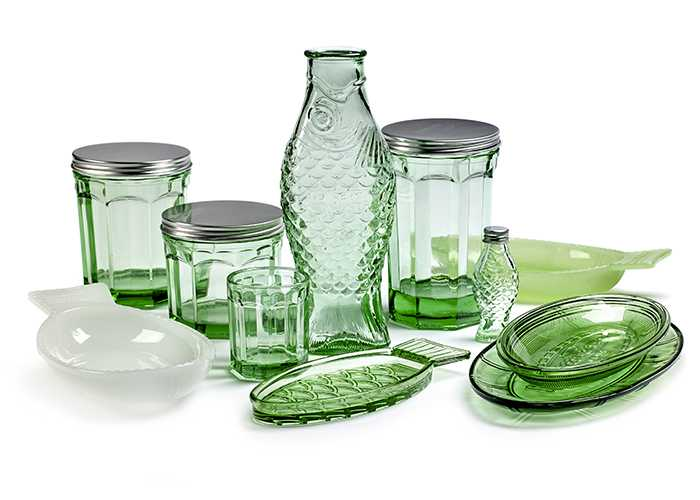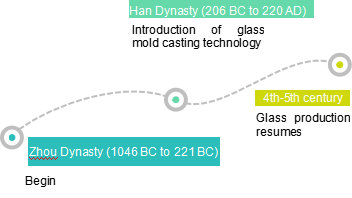The History of Glass Containers
Container glass, which includes bottles, jars, drinking utensils, and bowls, is different from flat glass (used for windows, glass doors, clear walls, and windshields) and fiberglass (used for insulation, fiberglass composites, and optical communications).

Compared to flat glass, container glass has a lower content of magnesium oxide and sodium oxide, but a higher content of silica, calcium oxide, and aluminum oxide. Its higher content of water-insoluble oxides gives it greater chemical durability, which is important for the storage of water and food. Most container glass is soda lime glass, manufactured by mold pressing, while other laboratory glassware is produced from borosilicate glass.
The development history is as follows.
History 2000-500 B.C., humans could make hollow glassware.
After the use of blown pipes in 200 BC, oil production and the wine industry then used hollow glass as containers.
During the Roman Empire, the demand for glass containers increased, and the vast majority of products were round-bottomed and had to be supported by iron or wooden frames.
Later, due to the development of molds for glass blowing, only to produce flat-bottomed bottles without support.
From the 5th to the 15th century, pressing, drawing, and blowing techniques were greatly developed, which laid the foundation for the mechanization of glass manufacturing.
In 1867, the German Siemens brothers applied the accumulation chamber continuous melting pool kiln to the glass industry, making the mass production of glass bottles and jars possible.
1880 ~ 1890 invented the pressure-blowing method of manufacturing wide-mouth bottles and the blow-blowing method of manufacturing small-mouth bottle molding technology (see glass manufacturing).
In 1900, the first bottle-making machine with an electric motor drive appeared.
![]()

From 1904 to 1905, M.J. Owens created a fully automatic vacuum suction-type bottle-making machine.
In 1910, the drip-feeding machine began to develop.
In 1914, the semi-automatic blow-blow process was developed and matured.
In 1925, the U.S. Hadford-Empel Company developed a successful row of the bottle-making machine, using the blow-blow method of production, and later developed to also be able to use the pressure-blow method of production. This row of the bottle-making machine is still the main model used today, and gradually to multi-unit, multi-drop material direction.
The history of glass manufacturing can be traced back to 3500 BC in Mesopotamia. Archaeological evidence suggests that the first true glass was made on the northern coast of Syria, in Mesopotamia or ancient Egypt. The earliest known glass objects come from the second millennium B.C., perhaps as an accidental by-product of metalworking (slag) or as a by-product of the production of faience, and the earliest glassy materials were made by similar methods.
In Chinese history, glass was similar to handicrafts. The fact that glass objects are rarely found in archaeology also suggests that they were very rare in ancient China. From the literature, we know that ancient Chinese glass originated in the 5th century AD.

However, the earliest archaeological evidence for glass production in China comes from the Zhou Dynasty (1046 BC to 221 BC).
The diversification of the use of glass began during the Han Dynasty (206 B.C. to A.D. 220). During this period, glass mold casting techniques were introduced. The chemical composition of Chinese glass from the Warring States to the Han Dynasty varied greatly. Glasses of this period contain high levels of barium oxide (BaO) and lead, while Western Asia and Mesopotamia belong to soda-lime-silica glass.
At the end of the Han Dynasty (220 AD), the production of lead-barium glass declined, and glass production resumed in the fourth and fifth centuries.
Scan to wechat :
